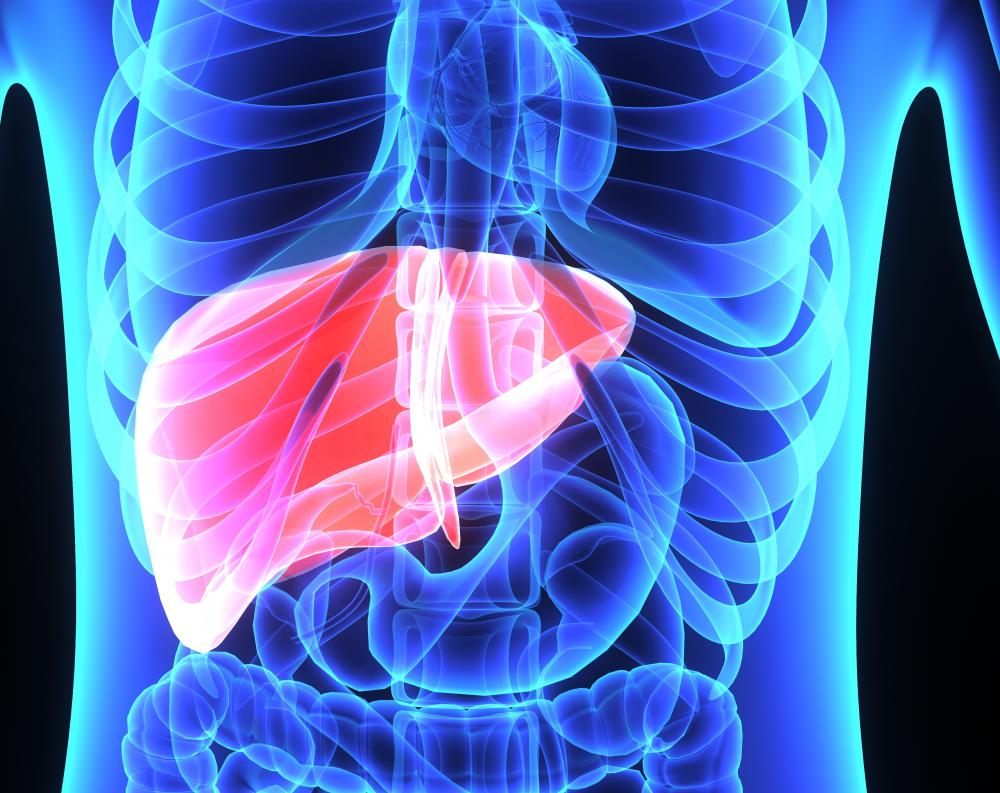At WiseGEEK, we're committed to delivering accurate, trustworthy information. Our expert-authored content is rigorously fact-checked and sourced from credible authorities. Discover how we uphold the highest standards in providing you with reliable knowledge.
What is Thrombin?
Thrombin is a coagulation protein that is present in the blood of humans and other animals. It is a key protein in thrombrogenesis, which is the process by which blood clots are created. Thrombrogenesis is just one step in hemostasis, which is the overall process by which bleeding because of blood vessel damage is halted.
When small blood vessels are damaged, a vasospasm is triggered; the vessel wall’s smooth muscles contract. This reaction alone will almost instantly reduce blood loss. Another reaction that occurs is a formation of a platelet plug at the site of the injury. This platelet plug might be sufficient for restricting blood loss for minuscule breaks. To halt bleeding in larger injuries, however, a blood clot must form.

Blood contains a supply of various clotting factors, with some of the factors stimulating clotting and others restricting it. Usually blood contains more restricting than stimulating factors, so the blood flows freely. In the case of an injury or trauma, however, conditions favor the factors that might cause clotting. In a major incident, a chain of events enables the blood to coagulate in an effort to prevent excessive blood loss. The part that thrombin plays in this chain is to trigger a reaction that causes fibrinogen, which is plasma-soluble, to be transformed into non-plasma-soluble fibrin pieces.

This newly generated fibrin forms long threads, which then adhere to the damaged blood vessels’ open surfaces. Through this process, a mesh-like structure forms at the site of the injury. The structure captures blood cells and platelets, the cells and platelets coagulate, and the process forms a nascent clot.
In another effect of this process, prothrombin activator is produced in an amount commensurate with the amount of damage. The activator acts on prothrombin, which is a precursor to thrombin, to convert prothrombin to thrombin. Prothrombin is produced in the liver, depends on vitamin K to be produced and is normally found in plasma. The presence of thrombin itself will cause more prothrombin to convert to thrombin, continuing the clotting process. Blood flow usually carries extra thrombin from the injury site, however, which restrains the formation of too large of a clot.
This protein is involved in bodily processes other than blood clot formation. In roles other than thrombogenesis, it interacts in wound healing and inflammation. Other processes with which it is involved include brain development and maintenance.
AS FEATURED ON:
AS FEATURED ON:















Discuss this Article
Post your comments